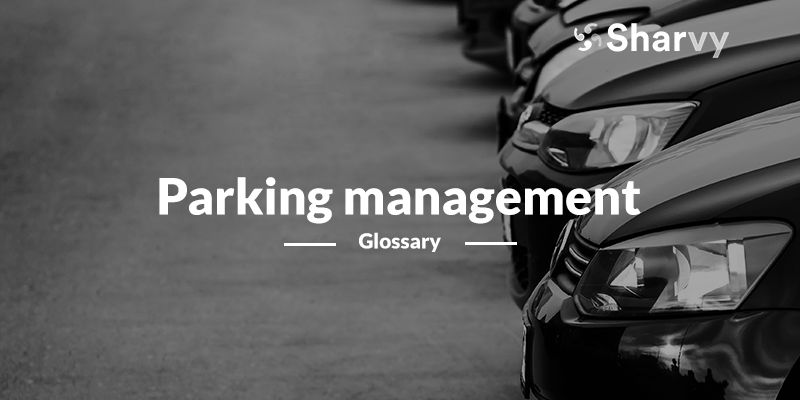What is “Parking Management ? – Definition
Parking Management can be defined as a set of strategies to increase the efficiency of a car park’s parking offer.
Most of the time, the difficulty for employees to find a parking space has proved to be a daily sticking point.
The reason is that many parking spaces still need to be occupied in a company car park. These spaces, which are often allocated, cannot be used by other employees, leading to frustration and internal conflict if this happens again and again.
At the same time, under utilized and poorly optimized car parks lead to unnecessary expenditure and even extra costs for the company. This is why it has become vital for companies to tackle the issue of car park management head-on.
So, Parking Management solutions are designed to alleviate these problems.
Their aim? To make the company car park a shared asset and manage it collaboratively.
For example, by integrating digital technologies. Thanks to digital technologies, the possibilities for managing car parks are infinite! It is possible to devise rules of good use, systems for prioritizing and/or sharing spaces between users, management of fairness, etc. But it is also possible to define various strategies for managing car parks.
You can also define and implement various parking management strategies using a dedicated SaaS solution like Sharvy. In particular, by targeting the measures that will form the backbone of your parking policy.
3 examples of Parking Management measures!
The measures that define your Parking Management strategy can be numerous.
The aim is to find those that correspond to your employees’ needs and your company culture. For example, you could consider :
- Incentives measures : by encouraging (more) rational use of the car. You can promote carpooling by guaranteeing access to the car park and a parking space for employees who carpool. Similarly, you can install facilities in your car park to encourage cycling. You can also boost your employees (who can) to use public transport by making a financial contribution. In this way, you are doubling your parking offer by promoting multimodality and soft mobility.
- Preferential measures : by offering preferential access to People with Reduced Mobility (PRM), for example, carpoolers and/or employees with no other alternative (with mobility survey, supporting documents, etc.). Thanks to these measures, you can improve the distribution and allocation of parking spaces according to precise criteria.
- Penalizing measures : often poorly perceived, yet highly effective! They allow you to define clear penalties and take various measures for employees who break the rules of your parking policy. For example, penalties can be imposed (e.g. a 10-day ban on access to the car park) on people who reserve a parking space but fail to show up on the day in question.
Parking management strategies: what are the benefits for your company?
There are many benefits, both for employees and for the company.
For employees, there’s no doubt : you’re improving their parking experience. At the same time, the pillars of your parking policy enable you to restore fairness, sharing, and solidarity within your car park. This is achieved by ending traditional allocation criteria based on seniority and/or hierarchy. Moreover, if you back up your Parking Management strategies with a dedicated digital solution, you’ll enable them to (re)take control of how the car park is used. They will be able to see (in real-time) whether parking spaces are available, so they can better plan their means of transport and reserve a parking space before they arrive on site. As a result, they avoid the uncertainty and daily stress of needing a parking space close to their place of work.
For companies, these strategies enable them to transform the passive management of their car parks into intelligent, active management. At the same time, they resolve recurring complaints from employees about car park management. In this way, they project an image of a company that cares about the well-being of its employees by making car park management, access, and security more fluid. Finally, these strategies enable them to make the most of existing assets and to identify the unsuspected causes of costs and areas for improvement to offer a positive parking experience to both employees and visitors.

